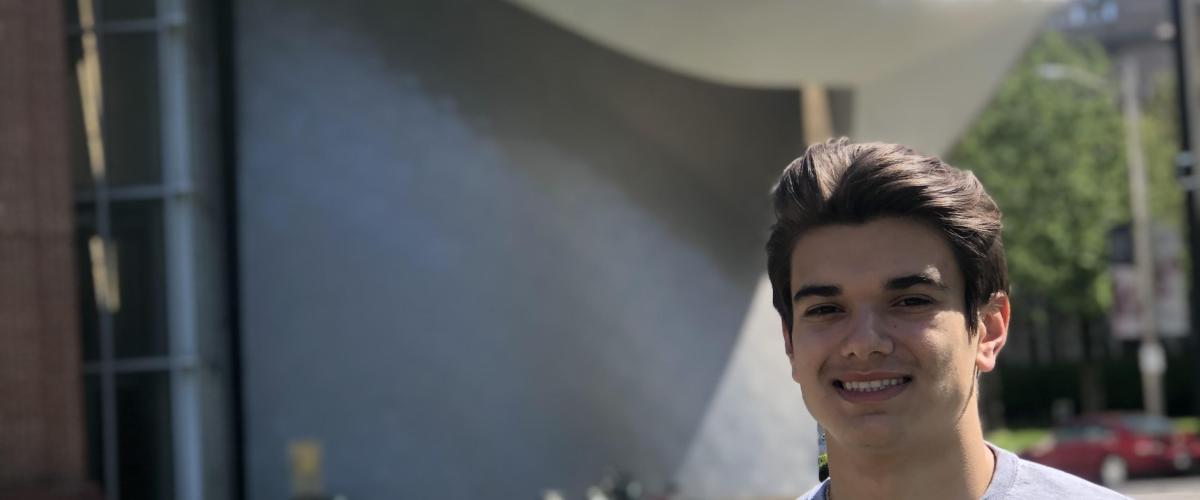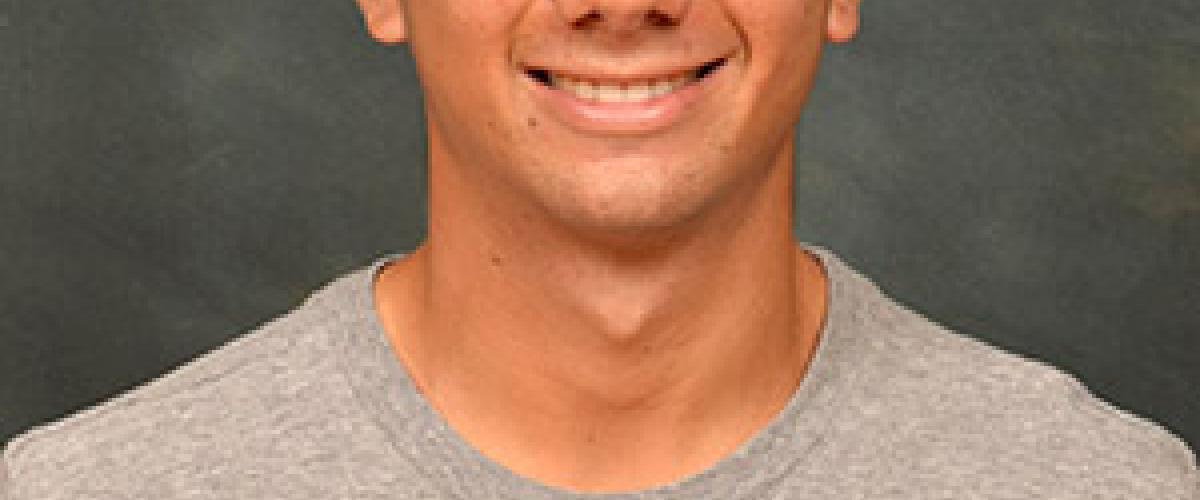This originally ran on 6.8.2021
What started as the desire to “get some letters” while pursuing his Executive MBA (EMBA) from the Weatherhead School of Management quickly turned into “the single most gratifying learning experience I’ve had in my life.”
Patrick Runnels, MD, (MGT ‘18), Chief Medical Officer of Population Health for University Hospital, was looking for a way to maintain his managerial position and potentially open doors down the road. The EMBA program seemed like the right fit. After completing the program, Runnels quickly realized the tremendous impact it would have on his life—professionally and personally.
“Since the program, I have been promoted five times, so in some sense it opened a door, but the door wasn’t opened just because I had the letters,” Runnels said. “I am way further along in my career than I thought would be. I am experiencing my career growth in a totally different way.”
One of the most impactful experiences Runnels had during his time in the program was the two-semester design course taught by Youngjin Yoo, Elizabeth M. and William C. Treuhaft Professor in Entrepreneurship and Professor of Design and Innovation. The course requires students to identify a real-world problem their current organization is facing and use design thinking to develop a new solution or prototype to solve the issue.
This course is where Runnels says he got “the spark.”
In a recently published paper in the June issue of New England Journal of Medicine Catalyst Innovations in Care Delivery, Runnels and his coauthors use designing for value to re-imagine the process for referrals of patients from primary care physicians to psychiatrists. The prototype for this new workflow was developed in Yoo’s course.
“Patrick’s project is exactly what distinguishes the Weatherhead EMBA program from all other competitors,” Yoo said. “Given his work is validated in a broader setting than his capstone project and published in a leading scientific journal, I think his work will change the medical practice at a scale.”
The design framework involves five key phases: 1. Empathize with the users; 2. Define the users' needs, problems, and your own insights around them; 3. Ideate by challenging assumptions and generating ideas for innovative solutions; 4. Prototype rapidly to start creating solutions; 5. Test those solutions to illuminate how best to configure them.
“In healthcare, a lot of what you do is design to avoid problems,” Runnels said. “In this paper, we wanted to shift the thinking from ‘how do we make this less bad’ to ‘what’s the amazing thing we can create and how can we build the experience from the ground up?’”
Runnels said after reconstructing the referral process, both physician and patient satisfaction increased. Physicians now had rapid access, a communication process that was simple without overburdening their clinic day and clear algorithms and instructions that were easy to follow. Patients who wanted a referral within seven days were able to get an appointment in that timeframe, something that in the past could have taken several months.
The model that started with 10 primary care physicians then grew to 50 and then 100, and in the next six months, Runnels anticipates all behavioral health referrals will occur using the new process.
Runnels credits much of his success and new way of thinking to his coach who was assigned to him during the course, Chris Hart, adjunct professor at Weatherhead and Innovation Manager at the Cleveland Indians.
“Chris was very good at reframing me away from this idea that we need to fix broken things to reconceptualizing them to how we can create something new that will improve the user experience,” Runnels said. “The coaching makes the program. He was spectacular.”
Hart said Runnels bought into the design process early on and it showed in his results.
“Students who come into the EMBA program and design course with an open mind and a willingness to push themselves are the ones who flourish,” Hart said. “Patrick is a perfect example of this. Eternally inquisitive and without ego, he demonstrates the strengths that and the mindset that gets the most of being a student.”




